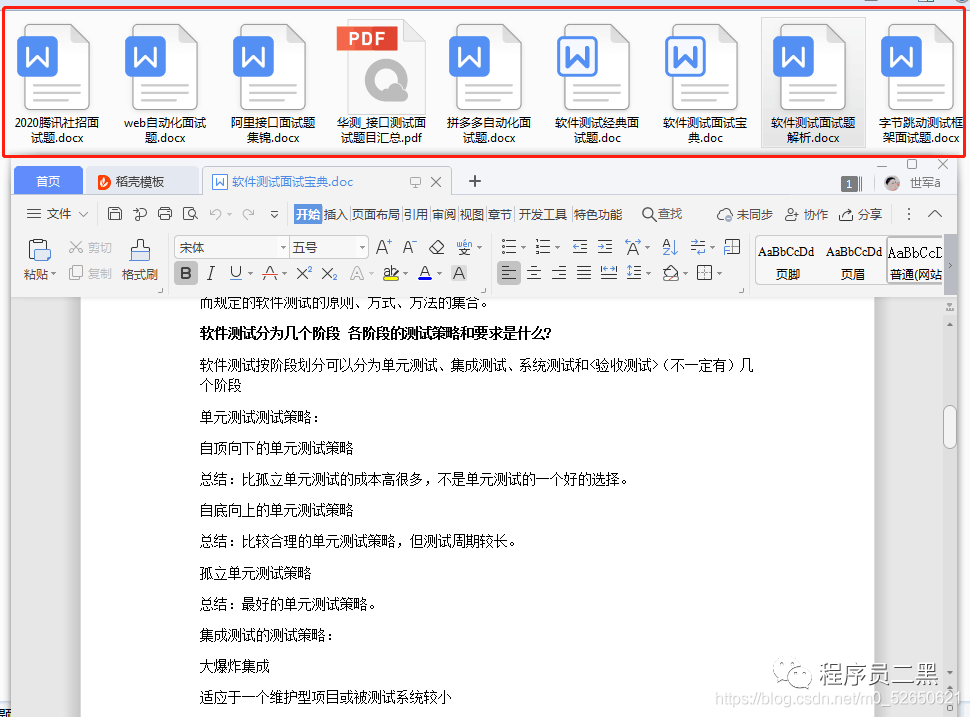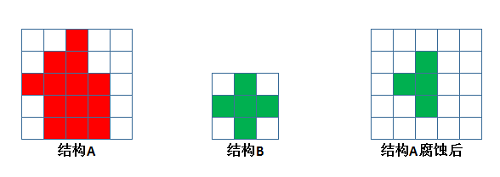A pure function is one that has no side effects -- it cannot do any kind of I/O and it cannot modify the state of anything -- and it is referentially transparent -- when called multiple times with the same inputs, it always gives the same outputs.
Why is the word "pure" used to describe functions with those properties? Who first used the word "pure" in that way, and when? Are there other words that mean roughly the same thing?
To answer your first question, mathematical functions have often been described as "pure" in terms of some specified variables. e.g.:
the first term is a pure function of x and the second term is a pure function of y
Because of this, I don't think you'll find a true "first" occurrence.
For programming languages, a little searching shows that Ada 95 (pragma Pure), High Performance Fortran (1993) (PURE) and VHDL-93 (pure) all contain formal notions of 'pure functions'.
Haskell (1990) is fairly obvious, but purity isn't explicit. GCC's C has various function attributes for various differing levels of 'pure'.
A couple of books: Rationale for the C programming language (1990) uses the term, as does Programming Languages and their Definitions (1984). However, both apparently only use it once! Programming the IBM Personal Computer, Pascal (also 1984) uses the term, but it isn't clear from Google's restricted view whether or not the Pascal compiler had support for it. (I suspect not.)
An interesting note is that Green, the predecessor to Ada, actually had a fairly strict 'function' definition - even memory allocation was disallowed. However, this was dropped before it became Ada, where functions can have side-effects (I/O or global variables), but can't modify their arguments.
C28-6571-3 (the first PL/I reference manual, written before the compiler) shows that PL/I had support for pure functions, in the form of the REDUCIBLE (= pure) attribute, as far back as 1966 - when the compiler was first released. (This also answers your third question.)
This last document specifically notes that it includes REDUCIBLE as a new change since document C28-6571-2. So REDUCIBLE, which is possibly the first incarnation of formal pure functions in programming languages, appeared somewhere between January and July 1966.
Update: The earliest instance of "pure function" on Google Groups in this sense is from 1988, which easily postdates the book references.
A couple of myths:
The term "pure functional" doesn't come from mathematics, where all functions are by nature "pure" and, so, there was never any need to call anything a "pure function".
The term doesn't come from imperative programming. The early imperative programming languages, Fortran, Algol 60, Pascal etc., always had two kinds of abstractions: "functions" that produced results based on their inputs and "procedures" which took some inputs and did an action. It was considered good programming practice for "functions" not to have side effects. There was no need for them to have side effects because one could always use procedures instead.
So, where else could the term "pure functional" have come from? The answer is - sort of- obvious. It came from impure functional programming languages, the foremost among them being Lisp. Lisp was designed sometime between 1958 and 1960 (between the first and second reports of Algol 60, whose design McCarthy was involved in, but didn't feel satisfied with). Lisp's design was based fundamentally on functional programming. However, it also allowed side-effects as a pragmatic choice. It did not have a notion of a command or a procedure. So, in Lisp, one mostly wrote "pure functions", but occasionally, one wrote "impure functions," i.e., functions with side-effects, to get something done. The terms "pure Lisp" or "purely functional subset of Lisp" have been in use for a long time. Slowly, by osmosis, this idea of "purity" has come to invade all our space.
The imperative programming languages could have resisted the trend. But, once C decided to abolish the idea of "procedures" and call them "void functions" instead, they didn't have much of a leg to stand on.
It comes from the mathematical definition of "function", where it is not possible for functions to have side effects.
Why is the word "pure" used to describe functions with those properties?
From Wiktionary > pure # adjective
- free of flaws or imperfections; unsullied
- free of foreign material or pollutants
- free of immoral behavior or qualities; clean
- of a branch of science, done for its own sake instead of serving another branch of science.
It should be obvious that the behavior of interacting functions is easiest to reason about when they are influenced only by their inputs, and they themselves influence only their outputs. Therefore it is inevitable that these kinds of functions will be noticed and classified. Now what word could we use to describe a function with such properties? "free of foreign material or pollutants" and "free of immoral behavior or qualities" seem to describe this rather well.
Who first used the word "pure" in that way, and when?
I am much too young to answer this with any degree of confidence. I argue, however, that it was inevitable that the word pure (or some very close synonym) would be used to describe functions that behave in this way.
Are there other words that mean roughly the same thing?
You said it yourself: "referentially transparent". However, you seem to suggest that "referential transparency" encompasses only part of the meaning of the phrase "pure function". I disagree; I feel it is entirely synonymous. From Wikipedia > Referential Transparency:
An expression is said to be referentially transparent if it can be replaced with its value without changing the behavior of a program. (emphasis mine)
The Haskell community sometimes uses the adjective "safe" in a similar manner. (See the Safe library, made to avoid throwing exceptions. Contrast with unsafePerformIO)
I can't think of any other synonyms right now.
The concept of a function originated in mathematics. The mathematical concept of a function is more-or-less a mapping from one set onto another. In this sense it's impossible for functions to have side effects; not because they're "better" that way or because they're specifically defined as to not have side effects, but because the concept of "having side effects" doesn't make any sense with this definition of a function. Mathematical functions aren't a series of steps that execute, so how could any of those steps somehow "affect" other mathematical objects you're talking about?
When people started studying computation, they became interested in machine-implementable algorithms for computing the values of mathematical functions given their inputs. People started talking about computable functions. But functions as implemented in a computer (in imperative languages at least, which are what programmers first worked with) are a series of executable steps, which obviously can have side effects.
So it became natural for programmers to think about functions as algorithms, not as mathematical functions. So then a pure function is one that is purely a mathematical function, to which all the hundreds of years of theory about functions applies, as opposed to the generalised programmer's function, which can't be reasoned about that way.


